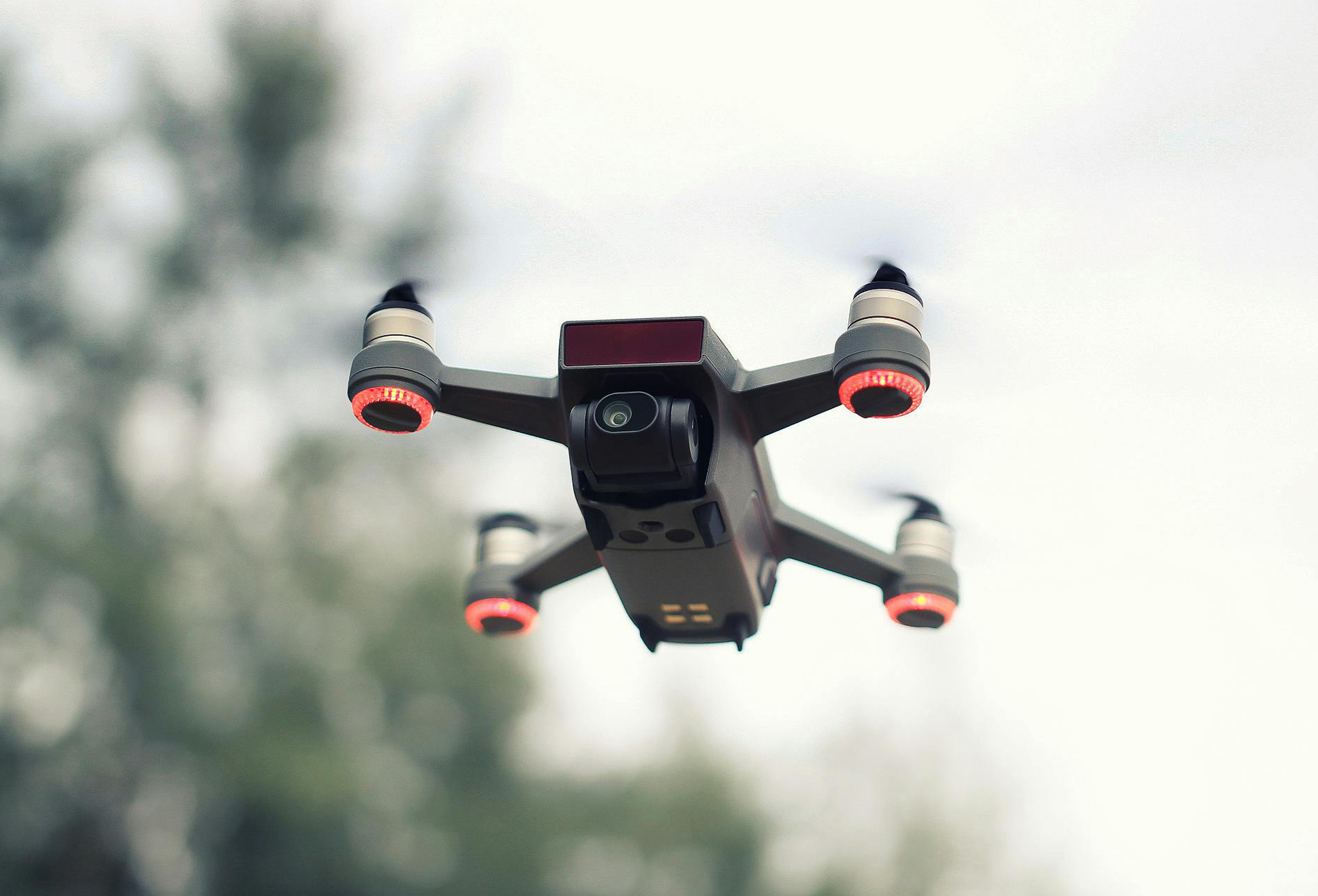Roof inspections have always been a critical process for various sectors, including roofing professionals, real estate agencies, and homeowners. Traditional methods often involve ladders, scaffolding, and a significant amount of manual labour. These approaches, while effective, come with risks, time constraints, and added costs. Enter the modern solution—drones. Their application in roof inspections has revolutionised the way this task is carried out, offering improvements in safety, efficiency, and precision.
Enhanced Safety for Workers
One of the most significant advantages of using drone roof inspections is the safety they bring to inspection processes. Climbing onto roofs and navigating potentially unstable structures presents inherent risks. By deploying drones, roofing professionals can capture high-resolution images and videos from the safety of the ground. This eliminates the need for workers to physically access hazardous areas, significantly reducing the likelihood of accidents.
Cost-Effective Alternative to Traditional Methods
Roof inspections with drones are not only safer but also more economical. Traditional inspections require a combination of specialised equipment and significant time investments, both of which can be pricey. Drones, on the other hand, can accomplish the task faster and at a fraction of the cost. For real estate agencies or businesses managing multiple properties, the cost savings can accumulate substantially over time.
Unmatched Attention to Detail
Equipped with advanced cameras, drones can capture detailed visuals that surpass what the human eye can observe during manual inspections. From identifying minor cracks to locating areas of wear and tear, the imagery provided enables comprehensive analysis. For roofing professionals, these high-quality visuals enhance the ability to assess damage accurately, plan repairs, and present findings clearly to clients.
Accessing Hard-to-Reach Areas
Steep, high, or otherwise hard-to-reach roofs have long presented challenges for inspectors. Drones bypass these limitations effortlessly. They can fly over or around obstacles, gathering data from angles that may otherwise be overlooked. For homeowners curious about the state of their roofs without wanting to risk climbing themselves, drones provide a convenient and straightforward solution.
Reducing Environmental Impact
Traditional roof inspections often involve heavy equipment and physical disruptions to the surrounding environment. Drones, being compact and efficient, minimise this footprint. They reduce the need for scaffolding or other cumbersome installations, offering an eco-friendly approach to inspections.
Overcoming Challenges in Drone-Based Inspections
While the benefits of drone roof inspections are clear, they do come with certain hurdles. For instance, compliance with local regulations governing drone use is crucial. Failing to adhere to these laws can lead to legal complications, which companies and individuals need to be mindful of.
Adverse weather conditions, such as heavy rain or strong winds, can hinder a drone’s ability to operate effectively. This reliance on favourable weather may impact scheduling. Additionally, operating drones requires a level of technical expertise that not everyone possesses. Professionals new to this technology may need training to harness drones' capabilities effectively.
Data security is another important consideration. With drones capturing detailed visual data, protecting this information, particularly in the real estate sector, is crucial. Ensuring secure storage and handling practices is essential to maintaining client trust. Lastly, limitations in battery life and range might pose difficulties for larger properties or more complex inspections, requiring careful planning.
The Future is Aerial
The integration of drones into roof inspections marks a significant advancement, blending technology with practicality. For roofing professionals, real estate agencies, and even homeowners, drones simplify and improve what was once a time-consuming and risky process. By addressing the associated challenges—such as regulatory compliance and technical training—this innovative tool can become an even more integral part of the inspection toolkit.
Adopting drones for roof inspections is not just about keeping pace with trends; it’s about working smarter and safer while achieving better outcomes. Those ready to invest in this technology stand to benefit significantly. Drones are no longer a luxury—they are rapidly becoming a necessity in modern roof inspection practices.
